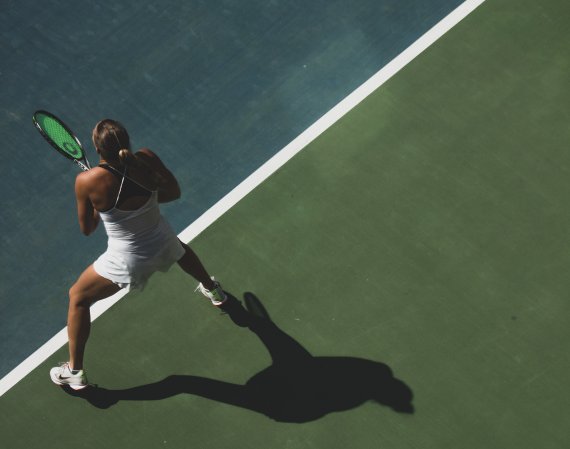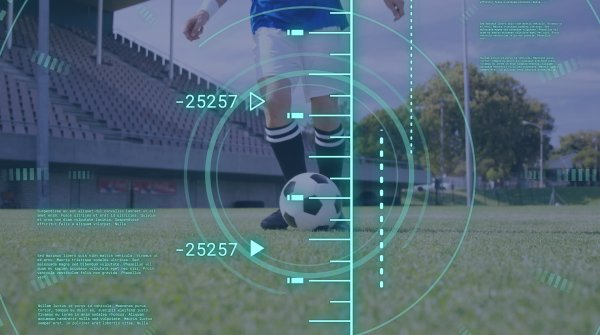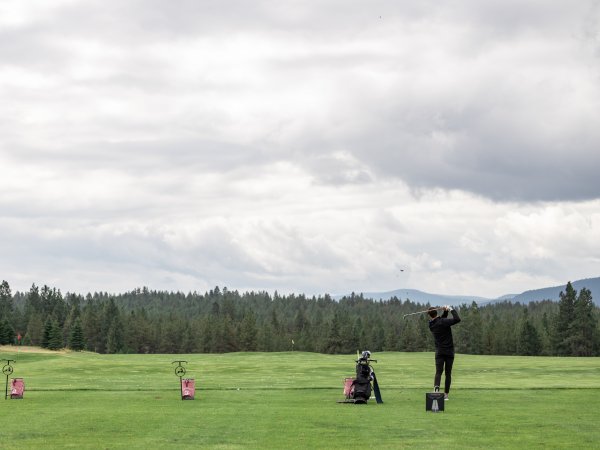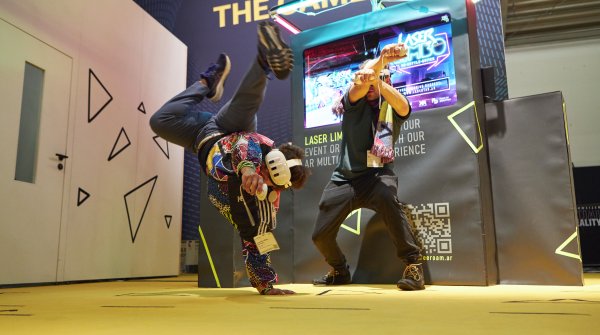Modern golf simulators use a combination of cameras and radar technology to measure not only the speed of the club head and ball, spin rate and trajectory, but also the direction of the swing, club face, angle of impact and other relevant data for the perfect golf swing. The software spits out more than 20 results after each shot - initially overwhelming for the golf layman. Nevertheless, it is worthwhile to increase one's own golf IQ, to learn to read the data with a little practice and to train more successfully with a simulator.
Many tour pros already train on the driving range with a simulator. The advantage is that you don't just watch the ball fly, you also get additional information about the distance and exact direction of the ball. The simulators provide this information within seconds after the shot. This allows pros to perfectly adjust to the lengths, which depend on altitude, temperature, wind and humidity, and have fewer problems choosing a club during the round. For amateurs who are still working on the basics of their swing, the data helps them to readjust the swing direction, angle of impact and clubface and thus get closer and closer to their personal maximum.
In baseball and softball, too, it is now a matter of course to train with radar tracking systems. The pitcher's throws are getting faster and faster, also due to modern training methods. According to spox.com, in 2012 there were 52,012 pitches that flew through the air at over 95 miles per hour, while in 2017 there were already over 110,000. And the trend is upward. And not losing control of the ball at these speeds requires millimeter work, which the simulators can illustrate. The systems measure and calculate the most important key elements of each throw, such as release, flight and strike zone, from which the experienced pitching coach can immediately conclude what the pitcher needs to work on to perfect the throw.
The simulators also provide the batter with enough material to work with.. Exit speed, spin rate, departure angle and distance information are evaluated immediately after the moment of impact. Here, too, the metrics provide information on what fine-tuning the professional still needs.

Why these two sports have an advantage over other racquet sports in terms of hitting and throwing analysis becomes clear upon closer examination: The sports of golf and baseball or softball are characterized by recurring swings from the same point of view. The athletes are not in motion before the swing, but have a fixed booth. This is not the case in tennis or ice hockey. The analysis of certain strokes is also more difficult on the playing field due to the distance and the angle between the set-up measuring devices and the playing equipment.
When you watch a tennis match, as a fan you're often amazed at how precisely and consistently the servers get the yellow felt ball over the net. Could the first serve rate of many professionals be improved if you think about the training methods with high-tech equipment like in golf or baseball?
Tennis has also made inroads into using digital tools in training. The Wingfield brand is heading in the right direction with its AI-assisted camera system for the tennis court, attempting to digitize and revolutionize training in a cost-effective way for the local tennis club as well. The cameras capture various data from the court and the players. They also offer video analysis tools, but the biomechanical processes of the players and their racquets are not yet included in the way they are in golf.
While the simulator Trackman in golf and baseball measures or displays, among other things, swing plane, swing direction, clubface tilt and many other swing and grip details from which one can read where the ball will land with which spin rate and trajectory, the Wingfield system quickly reaches its limits. While it measures how precisely and quickly balls fly over the net, it lacks the analysis of why a shot landed exactly where it did. Was the point of impact of the ball too far on the frame of the racket? Is the swing direction too steep or was there too much spin on the ball and if so, why?
Systems like Wingfield's are still in their infancy, but they demonstrate the progress that exists in tennis. The potential has not been fully exploited. For now, the brand's focus should be on strokes from the booth, as these are the easiest to measure and thus perfect. Impact precision and hardness could soon gain in quality with modern measuring systems.

Many golf courses in Germany now offer training with the help of a simulator, and the first tennis facilities are also incorporating AI systems into their courts. However, it will still be a few years before these systems have conquered the whole of Germany.
For golf, however, there are a number of indoor-only facilities in Germany that are transforming the seasonal sport into a year-round sport. SevenTees with seven Trackman simulators or the Iron7 in Biedenkamp near Hamburg, which is run by former professional soccer player Martin Harnik.
Facilities of this kind have been established for some time in Korea and the USA, where golf is more popular, and at least since the pandemic. In the South Korean capital Seoul alone, there are over 15 indoor golf courses. In the USA, the chain "fiveiron" is represented with its golf bars mainly on the East Coast.
Author: Frenky Mühlbauer
 SportsTechUnlocking the Future of Sports with AI
SportsTechUnlocking the Future of Sports with AI
- ISPO awards
- Mountain sports
- Bike
- Design
- Retail
- Fitness
- Health
- ISPO Job Market
- ISPO Munich
- ISPO Shanghai
- Running
- Brands
- Sustainability
- Olympia
- OutDoor
- Promotion
- Sports Business
- ISPO Textrends
- Triathlon
- Water sports
- Winter sports
- eSports
- SportsTech
- OutDoor by ISPO
- Heroes
- Transformation
- Sport Fashion
- Urban Culture
- Challenges of a CEO
- Trade fairs
- Sports
- Find the Balance
- Product reviews
- Newsletter Exclusive Area
- Magazine





